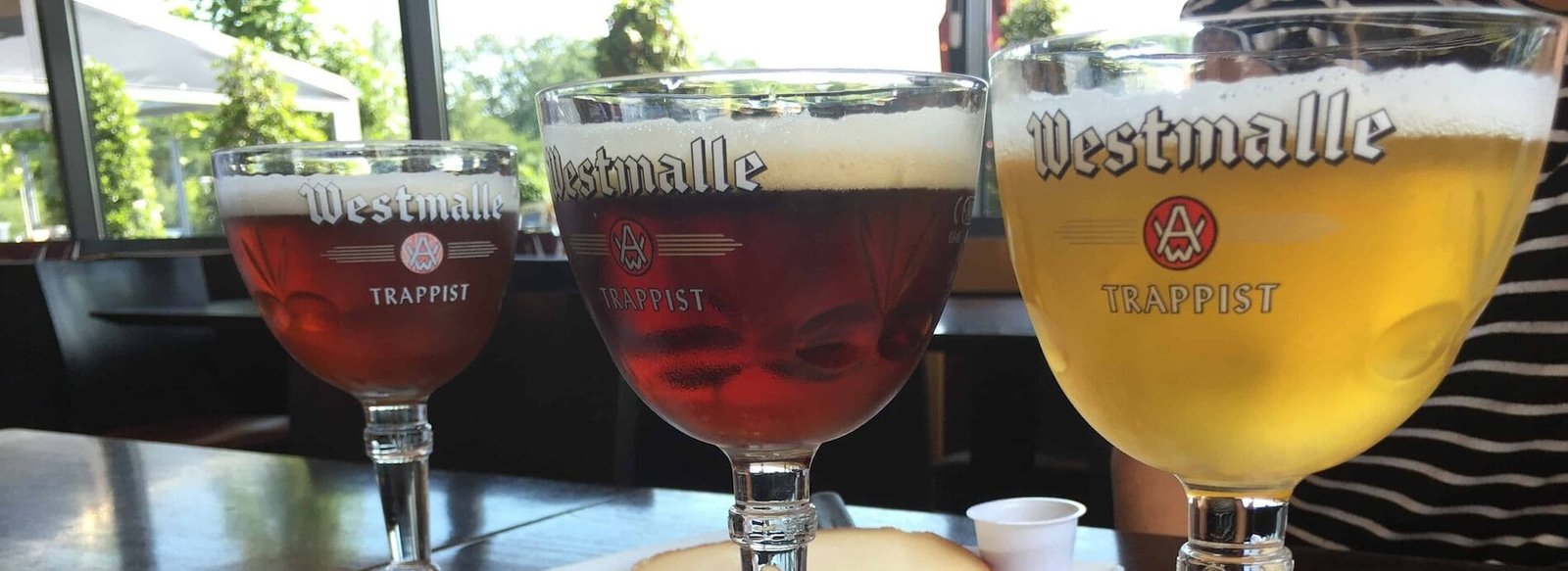Belgian and American beer brewing traditions are both rich and diverse, but they have distinct characteristics that set them apart. Here are some key differences:
1. Ingredients:
– Belgian Beer:
– Often uses traditional ingredients like Pilsner malt, Belgian candi sugar, and a variety of specialty malts.
– Yeast strains are crucial; Belgian yeast is known for producing fruity and spicy flavors.
– American Beer:
– Typically uses a wider range of malts and hops, often focusing on hop-forward profiles.
– American brewers frequently experiment with adjuncts such as corn, rice, and various specialty grains.
2. Hops:
– Belgian Beer:
– Hops are used more for balance than for prominence. The bitterness is usually lower, and the focus is on malt and yeast flavors.
– American Beer:
– Hops are a defining feature, especially in styles like IPAs (India Pale Ales), where they contribute significant bitterness and aroma.
3. Fermentation:
– Belgian Beer:
– Often employs spontaneous fermentation (especially in styles like Lambics) and mixed fermentation with wild yeast and bacteria.
– Many Belgian styles undergo secondary fermentation in the bottle, which can add complexity.
– American Beer:
– Generally uses controlled fermentation with specific yeast strains. While some American brewers are experimenting with wild and sour beers, the majority focus on clean fermentation.
4. Styles:
– Belgian Beer:
– Known for a wide range of styles, including Trappist ales, Saisons, Witbiers, and Dubbel/Tripel/Quadrupel styles. Each style has unique characteristics and brewing traditions.
– American Beer:
– A diverse range of styles, heavily influenced by craft brewing trends. Popular styles include IPAs, stouts, porters, and sours, with many variations and hybrids emerging.
5. Alcohol Content:
– Belgian Beer:
– Many Belgian beers have higher alcohol content, often ranging from 6% to 12% ABV or more, particularly in stronger styles like Tripels and Quadrupels.
– American Beer:
– While there are high-ABV American beers, many styles, especially pale ales and lagers, tend to be lower in alcohol, typically around 4% to 6% ABV.
6. Flavor Profiles:
– Belgian Beer:
– Characterized by complex flavors, often fruity (banana, pear) and spicy (clove, pepper) due to the yeast. The malt profile can be rich and caramel-like.
– American Beer:
– Flavor profiles can vary widely but often emphasize hop bitterness and aroma, with citrus, pine, and floral notes being common. Malt flavors can range from light to robust, depending on the style.
7. Cultural Context:
– Belgian Beer:
– Brewing is often tied to centuries-old traditions and regional practices. Many breweries have historical significance and are family-owned.
– American Beer:
– The craft beer movement has led to a culture of innovation and experimentation. Many American breweries are relatively young and focus on pushing boundaries.
8. Serving Traditions:
– Belgian Beer:
– Often served in specific glassware designed to enhance the beer’s aroma and flavor. Traditional serving methods may include bottle conditioning.
– American Beer:
– While there is an increasing emphasis on proper glassware, American beers are often served in a more casual setting, with a focus on accessibility.
Both Belgian and American beers offer unique experiences, reflecting their respective brewing philosophies and cultural backgrounds. Whether you prefer the complexity of Belgian ales or the boldness of American craft beers, there is a wide range of flavors and styles to explore in both traditions.

